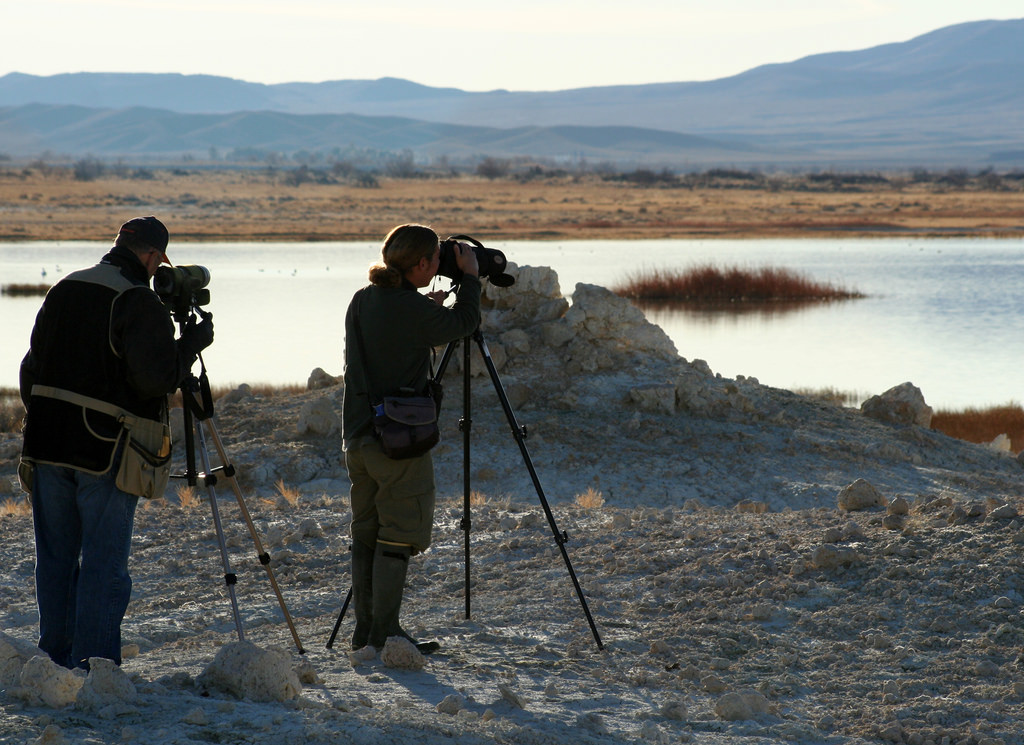Excerpt:
Back in February, seismologists at UC Berkeley released MyShake, an app that passively monitors for seismic activity, both watching for earthquakes and warning users if one is underway. In the months since its introduction, the app has outperformed its creators’ expectations, detecting over 200 earthquakes in more than ten countries. The app has received nearly 200,000 downloads, though only a fraction of those are active at any given time; it waits for the phone to sit idle so it can get good readings. Nevertheless, over the first six months the network of sensors has proven quite effective. “We found that MyShake could detect large earthquakes, but also small ones, which we never thought would be possible,” one of the app’s creators, Qingkai Kong, told New Scientist.
Source: Earthquake-sensing mobile app MyShake captures hundreds of temblors large and small
